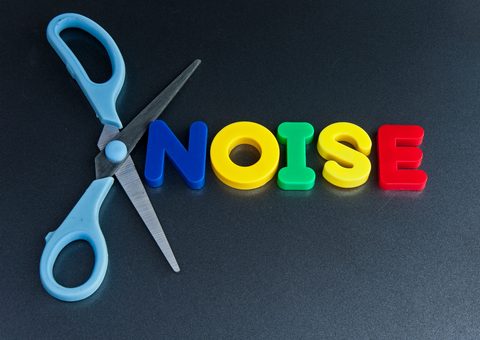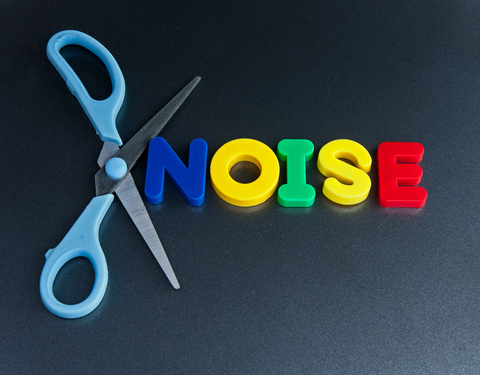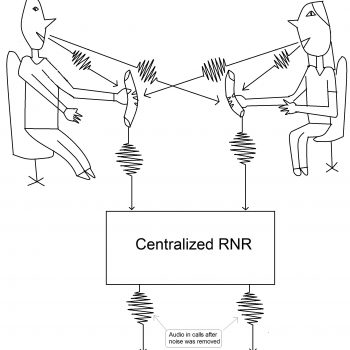
Noise reduction algorithms – PNR vs. RNR
- On July 16, 2018
- PNR, RNR
Background
Recently SoliCall introduced the reference-based noise reduction (RNR). This new technology was added to our noise reduction portfolio which already contained profile-based noise reduction (PNR) and standard noise reduction. Following the RNR introduction, we got requests to elaborate on the difference between PNR and RNR as they both use a profile/learning mechanism. In this post we will discuss few of the key factors that differentiate between these two technologies.

Cut out noise
What is the input to the algorithm?
The profile-based noise reduction (PNR) needs to receive as input an audio sample demonstrating how the human voice sounds like. This helps the algorithm to focus on the human voice while attenuating other sounds. As of today, most of our products have a built-in profile that enables out-of-the-box activation of PNR.
The reference-based noise reduction (RNR) needs to receive as input a sample how the noise sounds like. Using this data the algorithm can attenuate the noise from the call.
One-time learning vs. ongoing learning
The PNR learns the acoustics of the human speech using an audio sample that contains recording of human voices. This audio sample is prepared in advance and the learning phase is done one time only.
The RNR is receiving reference audio stream that contains the noise. This reference audio stream must be constantly provided to the RNR since it teaches the algorithm how the noise sounds like and how it changes at any point in time.
Which type of noise is attenuated?
PNR focuses on human voices and it will mainly attenuate noises that are different from human voice.
RNR attenuates any sound that exists in the reference signal. It can be voices of other people, non-human sounds etc.
Conslusion
PNR and RNR works differently and each of them has its own capabilities. The good news is that you do not need to select between them. PNR & RNR can work simultaneously to improve audio quality. For most telecom applications, PNR can be used out-of-the-box. Whenever there is an option to provide a reference signal, then RNR can also be used to continue and improve the noise cancellation.
Additional reading: implementing RNR in call centers.


